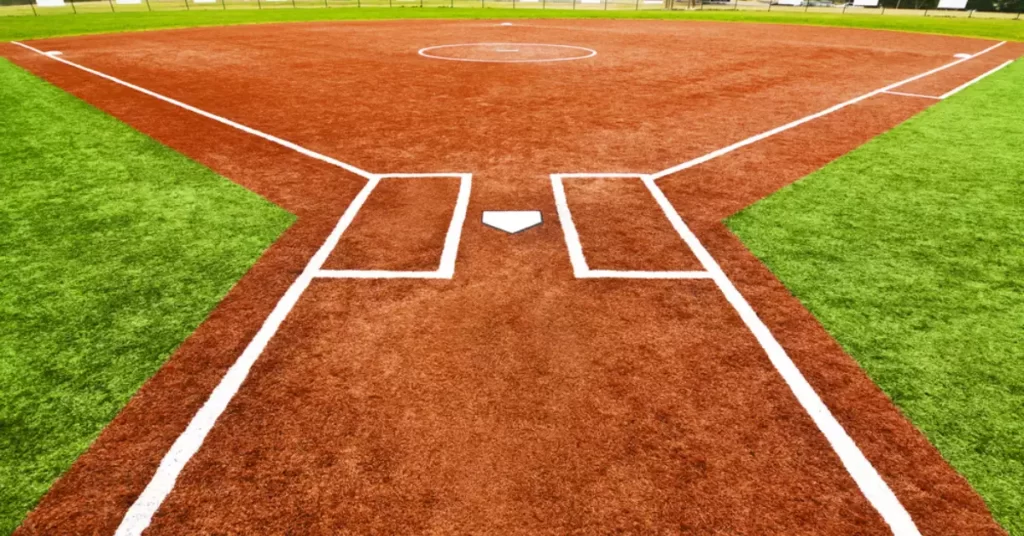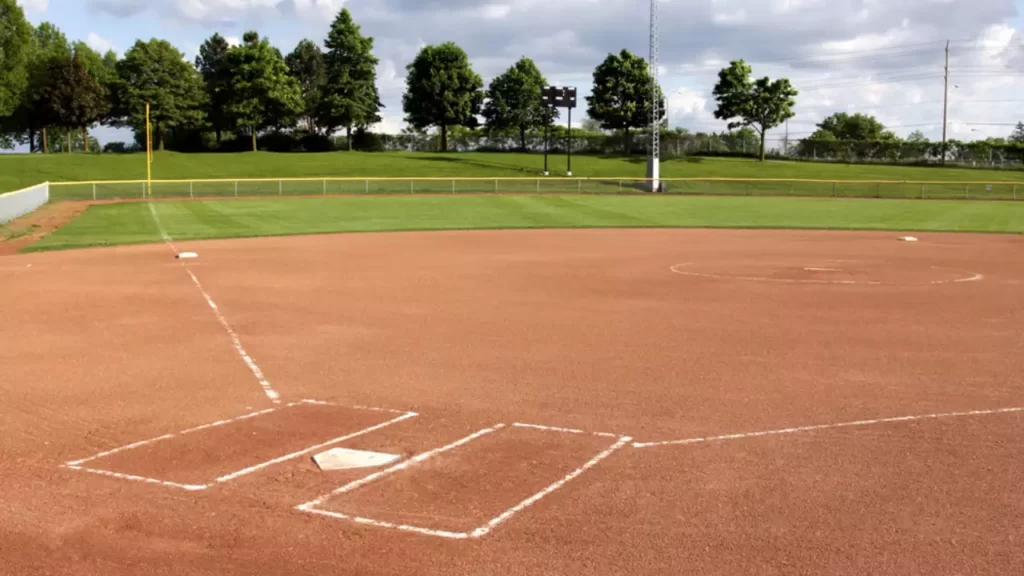Youth softball is an invigorating sport, filled with excitement and competition. The playing field is a crucial element that contributes to the overall experience. Understanding the dimensions of a youth softball field is essential for players, coaches, and parents alike.
This post offers a comprehensive breakdown of the dimensions and layout of a standard youth softball field. We’ll cover the essential measurements, such as the distance between bases and the pitcher’s mound. These insights will provide a solid foundation for anyone involved in the sport.
Dive into the specifics of youth softball field dimensions, and elevate your knowledge of this thrilling game. Equip yourself with the information necessary to ensure a fair and enjoyable playing environment. Let’s explore the intricacies of the field and unearth the secrets that make this sport so captivating.
Introduction to Youth Softball
Youth softball is a fun and engaging sport that not only teaches young athletes the fundamentals of the game but also helps develop essential life skills such as teamwork, communication, and discipline.
The game is typically played on a smaller field than adult softball, with dimensions that accommodate the age and skill level of the players.
Field Size and Dimensions
Baseline and Pitching Distance
The baseline and pitching distance for youth softball fields vary depending on the age group and league regulations. Here are some common dimensions for different age groups:
- 6-8 years old: 50-60 feet baselines, 35 feet pitching distance
- 9-12 years old: 60 feet baselines, 35-40 feet pitching distance
- 13-18 years old: 60 feet baselines, 40-43 feet pitching distance
Outfield Fence Distance
The outfield fence distance also varies according to age group and league rules. Some common distances are:
- 6-8 years old: 150-200 feet
- 9-12 years old: 200-225 feet
- 13-18 years old: 225-250 feet
Infield and Outfield Dimensions
The infield is a square, with each corner representing a base. The outfield is the area beyond the baselines and extends to the outfield fence. The specific dimensions of the infield and outfield depend on the baseline and fence distances mentioned above.

Markings and Lines
Batter’s Box and Catcher’s Box
The batter’s box is where the hitter stands when waiting for the pitch. It is 3 feet wide by 7 feet long and extends 3 feet on either side of the center of home plate.
The inside lines of the batter’s box are 6 inches from the sides of home plate. The catcher’s box is located directly behind home plate and measures 10 feet long by 8 feet wide.
Coaches’ Box
The coaches’ boxes are located near first and third base, allowing coaches to communicate with players on the field. Each box is typically 10 feet long by 4 feet wide and is positioned 15 feet behind the baseline and 3 feet outside the foul line.
Foul Lines and Foul Poles
Foul lines extend from home plate to the outfield fence, passing through first and third base. These lines help determine whether a ball is in fair or foul territory.
Foul poles, usually tall and brightly colored, are placed at the intersection of the foul lines and outfield fence to assist umpires in making fair/foul calls on long fly balls.

Equipment and Accessories
Bases and Home Plate
Bases are 15-inch square bags filled with soft material, placed at each corner of the infield. Home plate is a 17-inch-wide pentagonal rubber slab, with two edges parallel to the foul lines and a pointed rear edge facing the backstop.
Pitching Rubber
The pitching rubber, or pitcher’s plate, is a 24-inch by 6-inch rubber slab located at the center of the pitching circle. The distance between the pitching rubber and home plate varies depending on age group and league rules, as mentioned earlier.
Backstop and Fencing
A backstop is a protective barrier behind home plate that prevents balls from leaving the field of play. It can be constructed from chain-link fencing, netting, or other durable materials.
The fencing surrounding the field should be at least 6 feet high to prevent balls from going out of play and provide a barrier between the field and spectators.
Safety Considerations
When designing a youth softball field, safety should be a top priority. Padding should be installed on fences and backstops to prevent injuries, and the field should be properly maintained to ensure a smooth playing surface. Additionally, all equipment should be inspected regularly for damage or wear.
Youth Softball Field Maintenance
Routine maintenance is crucial for keeping a youth softball field in good condition. Tasks such as mowing the grass, raking the infield, and maintaining the pitcher’s mound and batter’s box should be performed regularly. Proper field drainage is also essential to prevent puddling and damage to the playing surface.
Regulatory Bodies and Guidelines
Youth softball leagues often follow guidelines set by organizations like Little League, Babe Ruth League, or the Amateur Softball Association (ASA).
These organizations provide rules and regulations for field dimensions, equipment, and gameplay to ensure consistency and safety across leagues.
Selecting the Right Field Dimensions for Your Team
When choosing the appropriate field dimensions for your youth softball team, consider factors such as age, skill level, and league requirements. Always consult with your league’s governing body to ensure compliance with their guidelines.
Benefits of Playing Youth Softball
Youth softball offers numerous physical, mental, and social benefits for young athletes. It promotes physical fitness, coordination, and teamwork, while also teaching important life skills like discipline, communication, and problem-solving.
FAQs
Can girls and boys play on the same youth softball team?
Yes, both girls and boys can play on the same youth softball team, although some leagues may have separate divisions for boys and girls.
What type of surface should a youth softball field have?
Youth softball fields can have natural grass or artificial turf surfaces. Both surfaces have their advantages and disadvantages. Natural grass provides a more traditional playing experience and is generally preferred by players.
However, it requires more maintenance and can be affected by weather conditions. Artificial turf offers a more consistent playing surface with lower maintenance requirements, but it can be more expensive to install and may not provide the same level of comfort and feel as natural grass.
What is the difference between fastpitch and slowpitch softball?
The primary difference between fastpitch and slowpitch softball lies in the pitching style. In fastpitch, the pitcher delivers the ball with a fast, windmill motion, resulting in higher pitch speeds and more challenging gameplay.
Slowpitch involves a slower, underhand pitch, allowing for easier hitting and a more relaxed pace. Youth leagues typically play fastpitch softball, but some recreational leagues may opt for slowpitch.
Conclusion
Understanding and implementing the appropriate youth softball field dimensions is crucial for creating a safe and enjoyable playing environment for young athletes.
By considering factors such as age group, skill level, and league regulations, you can design a field that meets the needs of your team and provides an optimal setting for the development of physical fitness, teamwork, and life skills.
With proper maintenance and adherence to safety guidelines, your youth softball field will be a source of fun, growth, and camaraderie for players, coaches, and fans alike.
